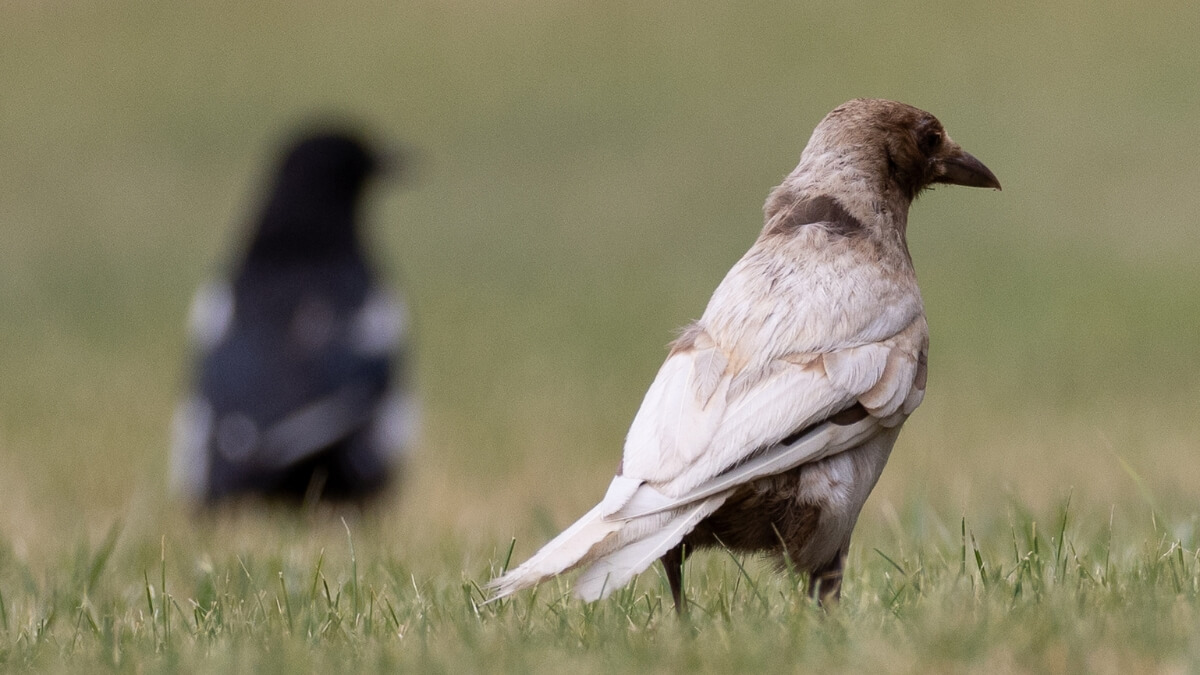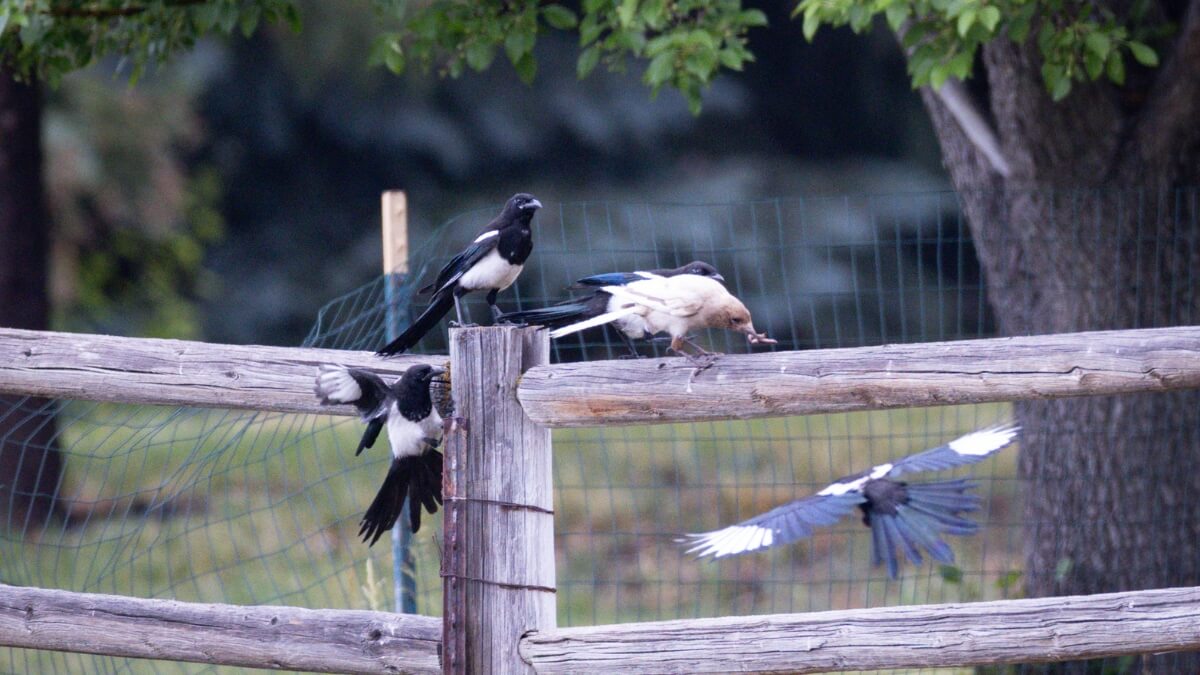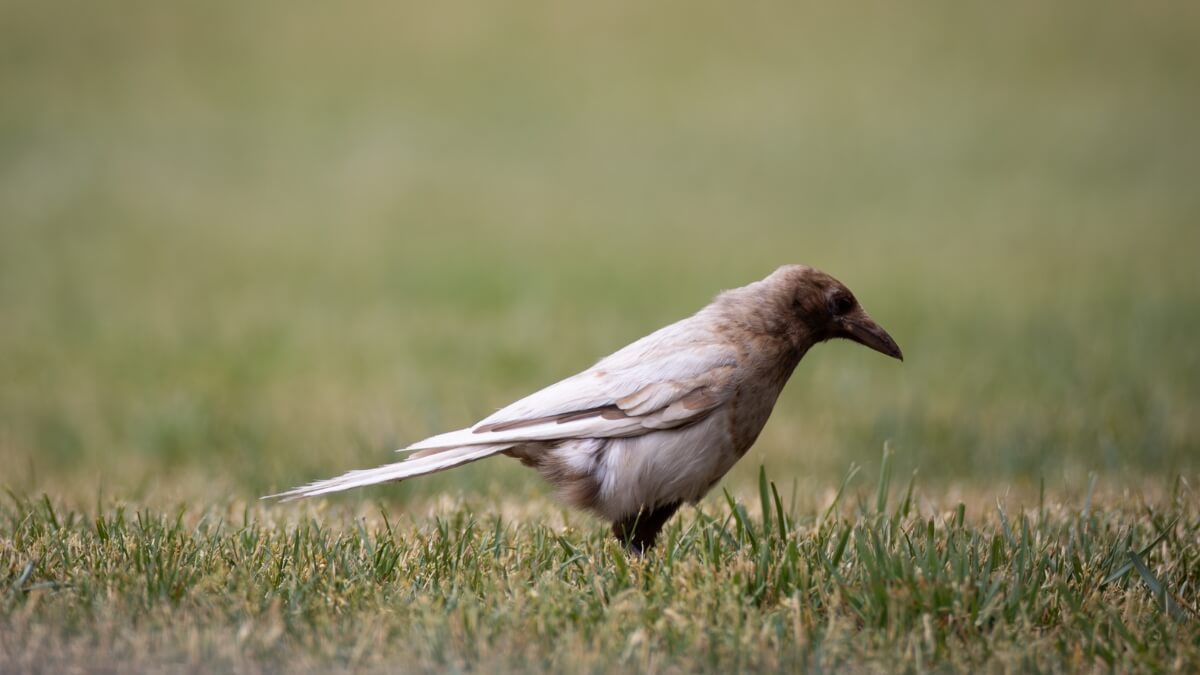Wildlife
Park City’s mystery white bird: What makes this magpie so special?

A leucistic magpie spotted in Park City. Photo: Lindsey Wennerth
PARK CITY, Utah — A local photographer’s recent discovery of an unusual white magpie has captured attention and highlighted a rare genetic condition that affects birds.
Lindsey Wennerth photographed the leucistic magpie three weeks ago in Park City. The bird appears almost entirely white rather than displaying the typical black and iridescent coloring of magpies.

The magpie has leucism, a genetic condition caused by defects in pigment cells during development. According to Australian Geographic, “leucism is a general term caused by defects in pigment cells during development. The hiccup in the genes result in either the entire surface (if all pigment cells fail to develop) or patches of body surface (if only a subset are defective) having a lack of cells capable of making pigment.”
Unlike albinism, leucistic birds retain normal eye, leg and beak coloration. As wildlife ecologist Dr. John Martin explained in Australian Geographic, leucistic birds have “a washed-out appearance instead of a complete lack of colour like an albino bird.”
The condition is extremely rare in magpies, with some estimates suggesting it occurs in fewer than one in a million birds.

Leucism differs from albinism in several key ways. While albino animals typically have red eyes due to underlying blood vessels showing through, “most leucistic animals have normally coloured eyes,” according to Australian Geographic.
The unusual coloring can present challenges for affected birds, potentially making it harder to hide from predators or interact normally with other magpies. However, leucistic birds have been observed successfully integrating with their normal-colored counterparts in various locations.
For Park City residents, the sighting offers a rare glimpse of genetic diversity in local wildlife. The discovery adds to documented cases of leucism in corvids, the bird family that includes magpies, crows and ravens.
For more of Wennerth’s wildlife photos, visit her website.


















